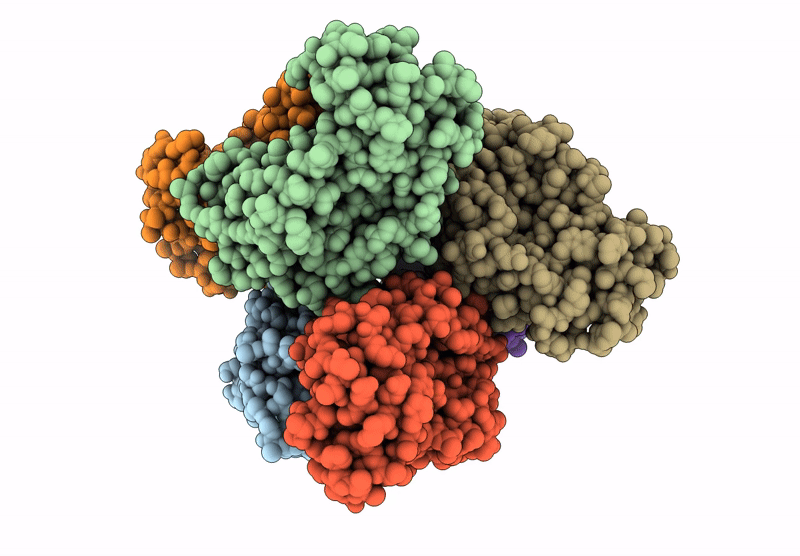
Deposition Date
2024-10-28
Release Date
2025-02-19
Last Version Date
2025-05-21
Entry Detail
PDB ID:
9E5G
Keywords:
Title:
Cryo-EM structure of Burkholderia cenocepacia orotate phosphoribosyltransferase
Biological Source:
Source Organism:
Burkholderia cenocepacia J2315 (Taxon ID: 216591)
Host Organism:
Method Details:
Experimental Method:
Resolution:
3.07 Å
Aggregation State:
PARTICLE
Reconstruction Method:
SINGLE PARTICLE


